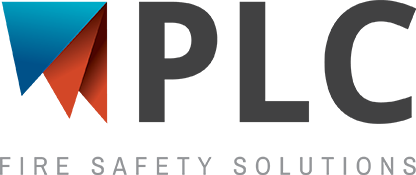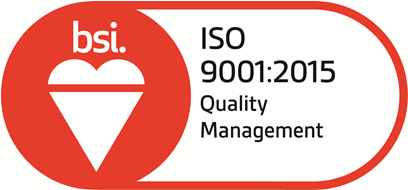More than often, project managers find themselves surprised when they find out that their projects are behind schedule or over budget. We ask ourselves how we got to this point without any prior notice. Didn’t we monitor our schedule and focus on milestone dates? Weren’t we asking our project team to report on progress and getting positive feedback? Didn’t we check that our tasks were being completed within the allocated budgets? All important questions, however they all focus on a reactive approach to managing our projects. Being reactive is sometimes necessary as we can’t always foresee project risks and challenges, thus it is important to have a risk mitigation plan. However, that is not the topic of our blog today. Today we are focusing on a proactive approach to project management. An approach that will allow us to foresee a risk or challenge on our projects in advance; and give us the luxury of time to plan and implement changes to steer the project back on track. So rather than have a risk mitigation plan, we can now focus on a risk prevention plan, and avoid the risk altogether. This approach can be achieved through Earned Value Management (EVM).

EVM is a management tool that integrates the 3 cornerstones of a project: schedule, cost, and quality (or the technical aspect of a project). EVM allows us to measure our progress against an integrated baseline which is developed during the planning phase of a project. The concept behind “Earned” Value Management is to measure how much “quality” work we have actually achieved or “earned” when compared to our baseline (or what we set out to earn) in a given timeframe (time allocated for a task) and budget (hours spent on a task). To give an example: If I set out to build a 50 ft fence in 5 days (10ft/day) and expect to spend 5 hours a day working on the fence, then I would expect to finish the fence (all 50 ft) on the fifth day having spent a total of 25 hours working on it. In theory, if I were to examine my progress at the end of day 3, I would expect to have completed 30 ft of fencing and spent 15 hours on the job. Therefore, let’s say, by the end of day 3 I examined my progress and found that I had fenced 30 ft and spent 18 hours on the job; this would give me an indication that if I continue at the current rate of work, I would end up building 50 ft of fence by the end of day 5, and spent 30 hours instead of my originally planned 25. In project management terms, this translates into finishing your project on schedule and 20% over budget. By using EVM, as we just did, we were able to tell, at day 3, that the project would land overbudget. That would have given us a chance to re-examine our plan and make some changes to finish the project closer to the initial (baseline) budget.
Above is a basic introduction to the theory behind EVM. Next time we will look into the key parameters of EVM and how they are applied on projects. At PLC Fire Safety Solutions, our Project Management team strives to deliver all Fire Protection project work on schedule and within budget, whilst adhering to the highest levels of quality. We are well versed in the science of fire protection and strive to pass that understanding onto our clients, so they can operate their facilities safely and economically.







